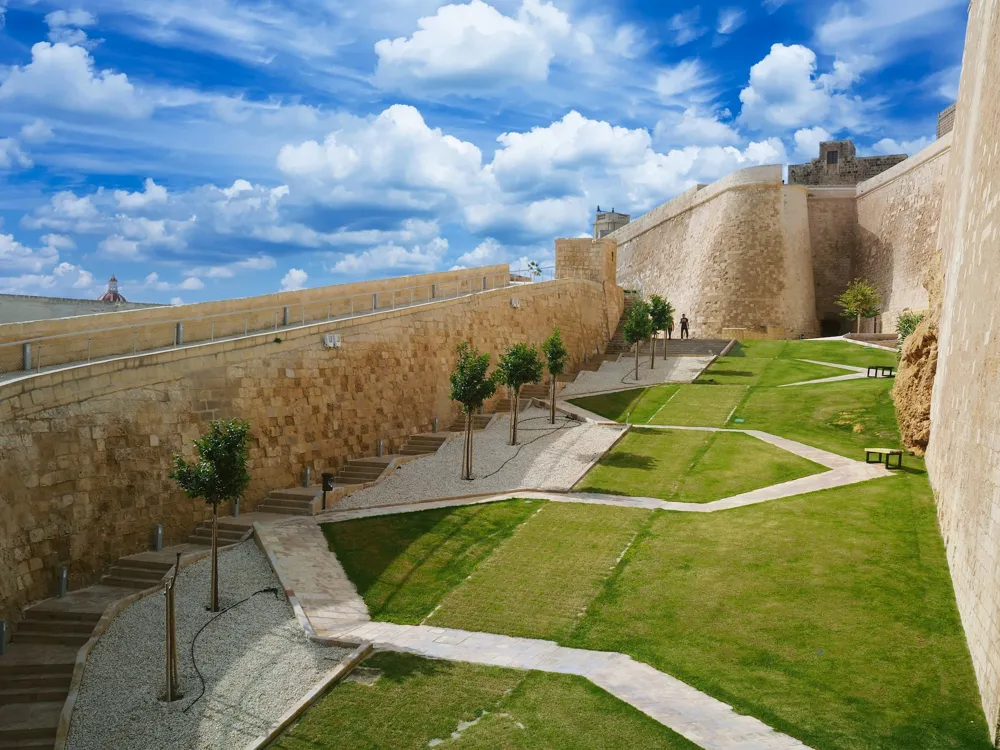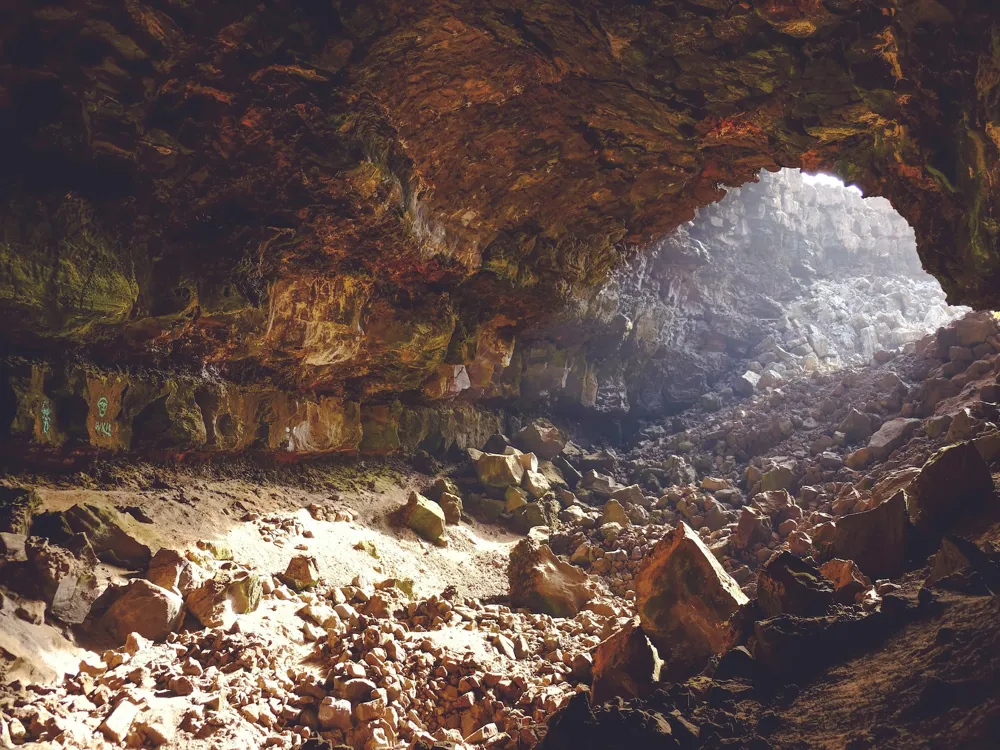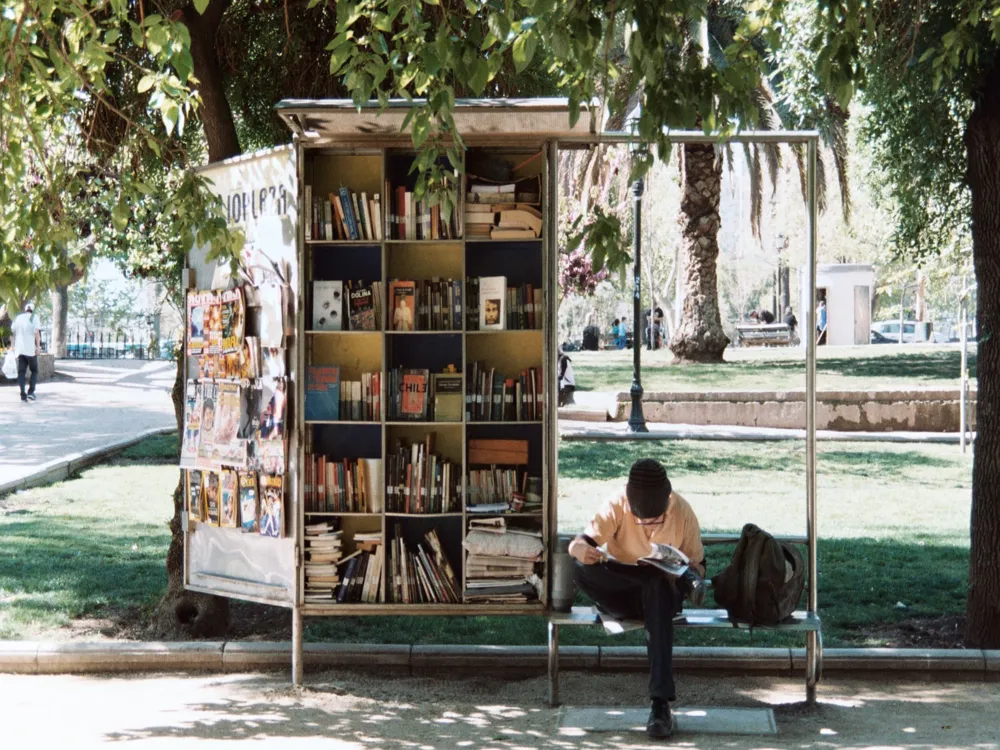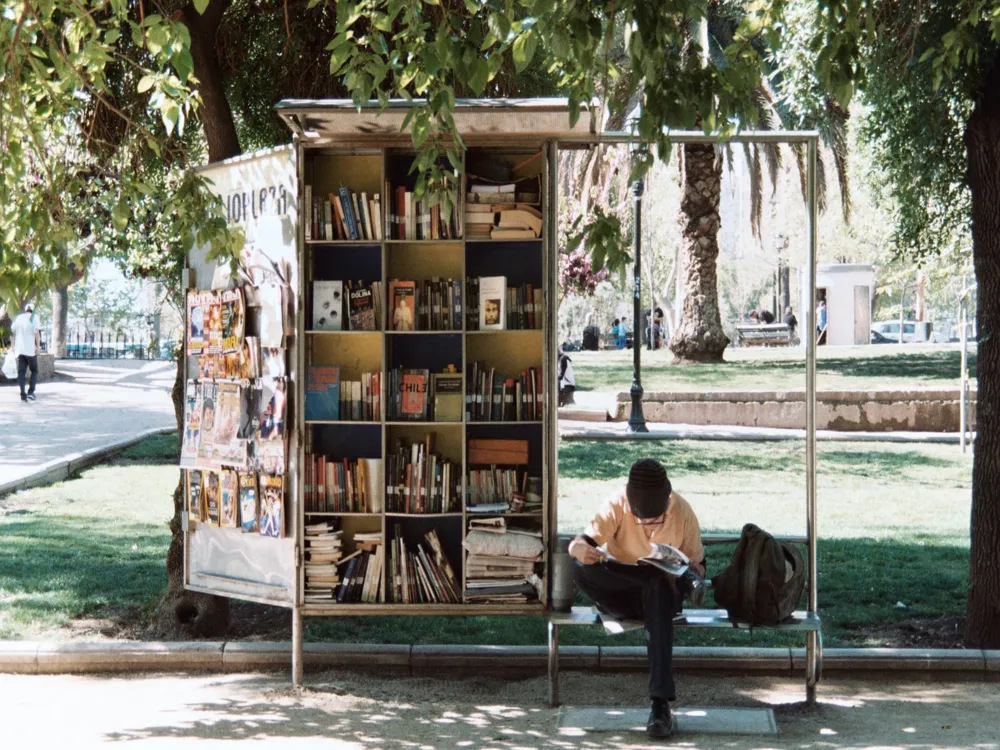Dong Hoi, the capital city of Quang Binh Province in Central Vietnam, is a destination that beautifully encapsulates the charm of Vietnam. This serene city, lying along the coast of the East Sea, offers a harmonious blend of natural beauty and historical significance. One of the most striking features of Dong Hoi is its untouched beauty; the city is not as commercialized as other Vietnamese locales, making it a perfect retreat for those seeking tranquility and an authentic cultural experience.
The history of Dong Hoi is a tapestry of resilience and rebirth. Heavily bombarded during the Vietnam War, the city has risen from its ashes like a phoenix. Today, it stands as a testament to the indomitable spirit of the Vietnamese people, with well-preserved historical sites coexisting alongside modern developments. The Nhat Le Beach, with its pristine sands and clear waters, offers a picturesque landscape, while the nearby Phong Nha-Ke Bang National Park, a UNESCO World Heritage Site, is a gateway to some of the world's most spectacular caves and grottoes.
Culturally, Dong Hoi is a melting pot, reflecting influences from various dynasties and colonial powers. The local cuisine is a delight, featuring fresh seafood and traditional Vietnamese flavors. The city's architecture is a blend of French colonial buildings, traditional Vietnamese houses, and modern edifices, creating a unique cityscape. The lifestyle in Dong Hoi is laid-back, with friendly locals who are always eager to share their stories and culture with visitors.
The blend of natural landscapes, historical richness, and cultural vibrancy makes Dong Hoi a must-visit destination. Its beauty lies not just in its physical attributes but in the experiences it offers. Whether it's exploring the magnificent caves of Phong Nha, relaxing on the serene beaches, or delving into the city's past, Dong Hoi promises an enriching and unforgettable experience.
Dong Hoi’s architecture is a vivid chronicle of its history, culture, and resilience. The city's landscape is dotted with structures that tell stories of a past marked by dynastic rule, colonial influence, and the scars of war. Traditional Vietnamese architecture in Dong Hoi is characterized by wooden structures with intricately carved panels and tiled roofs, often seen in the older parts of the city. These buildings reflect the harmony between architecture and nature, a fundamental principle in Vietnamese design.
The influence of French colonialism is evident in several parts of Dong Hoi. This architectural style is characterized by European designs with tropical adaptations, like high ceilings, large windows, and spacious verandas, designed to mitigate the hot and humid climate. Some of these colonial buildings have been repurposed as government offices, museums, and cultural centers, preserving their historical significance.
Post-war architecture in Dong Hoi symbolizes the city's rebirth. Emerging from the devastation of the Vietnam War, the city's newer structures represent modern architectural trends while paying homage to its historical and cultural roots. This blend of old and new creates a dynamic cityscape that resonates with the resilience of Dong Hoi and its people.
Notable architectural landmarks in Dong Hoi include the Dong Hoi Citadel, a remnant of the Nguyen Dynasty, and the Tam Toa Church ruins, which stand as a poignant reminder of the war. The Quang Binh Gate, another significant historical structure, marks the entrance to the city and is an exemplar of traditional Vietnamese architectural style. These landmarks, along with the city's natural landscapes, form a harmonious blend that defines the unique architectural identity of Dong Hoi.
The ideal time to visit Dong Hoi is from February to April, when the weather is pleasant with moderate temperatures and lower rainfall. This period is perfect for exploring the city's natural and historical sites comfortably.
Don't miss trying the local delicacies, especially seafood dishes. The city's proximity to the sea ensures a bounty of fresh seafood, which is a staple in local cuisine. Try the traditional Banh Canh, a type of Vietnamese noodle soup, and the fresh spring rolls.
Understanding and respecting local customs is important. Dress modestly when visiting temples and always ask permission before taking photographs of locals. A friendly attitude and a smile go a long way in interacting with the residents.
Dong Hoi is well-connected by road, rail, and air. The city is compact and can be easily explored by bicycle or motorbike, which are available for rent. For longer distances, taxis and local buses are convenient options.
Reaching Dong Hoi is convenient, with multiple options available for travelers. For international visitors, the nearest major airport is in Da Nang, from where Dong Hoi can be reached by a scenic train journey or a short domestic flight. The city also has its own airport, Dong Hoi Airport, with flights connecting to major Vietnamese cities. For those preferring to travel by train, the Dong Hoi Railway Station is a stop on the North-South Railway line, offering a picturesque route along Vietnam's coast. Additionally, the city is well-connected by road, with frequent bus services from major cities like Hanoi and Ho Chi Minh City. Whichever mode of transportation you choose, the journey to Dong Hoi is an integral part of the travel experience, offering glimpses of Vietnam's diverse landscapes.
Overview of Dong Hoi
Architecture of Dong Hoi
Tips When Visiting Dong Hoi
Best Time to Visit
Local Cuisine
Cultural Etiquette
Transportation
How To Reach Dong Hoi
Paradise Cave
Dong Hoi
₹ 66,500 onwards
View dong-hoi Packages
Weather :
Tags : Cave
Timings : 8:00 AM - 5:00 PM
Time Required : 4 - 5 hours
Entry Fee : VND 250,000
Planning a Trip? Ask Your Question
Dong-hoi Travel Packages
View All Packages For Dong-hoi
Top Hotel Collections for Dong-hoi

Private Pool

Luxury Hotels

5-Star Hotels

Pet Friendly
Top Hotels Near Dong-hoi
Other Top Ranking Places In Dong-hoi
View All Places To Visit In dong-hoi
View dong-hoi Packages
Weather :
Tags : Cave
Timings : 8:00 AM - 5:00 PM
Time Required : 4 - 5 hours
Entry Fee : VND 250,000
Planning a Trip? Ask Your Question
Dong-hoi Travel Packages
View All Packages For Dong-hoi
Top Hotel Collections for Dong-hoi

Private Pool

Luxury Hotels

5-Star Hotels

Pet Friendly




















